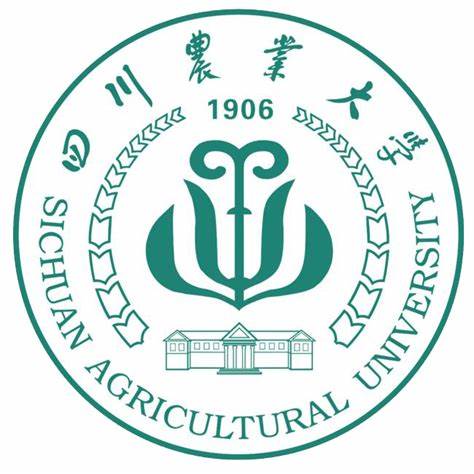Chromosome-specific painting reveals the Y genome origin and chromosome rearrangements of the St genome in Triticeae
作者: 刁圣轩 审稿人:魏育明 时间: 2024-09-06 点击次数:次
Plant Physiology,kiae433,19 August 2024
Chen Chen,Xuan Zhang,Yuling Li,Bingcan Zou,He Xiao,Yangshuo Han,Xunzhe Yang,Dandan Wu,Lina Sha,Cairong Yang,Songqing Liu,Yiran Cheng,Yi Wang,Houyang Kang,Xing Fan,Yonghong Zhou,Peng Zhang,Zhong-Hua Chen,Tao Zhang,Haiqin Zhang
Abstract
Karyotypes provide key cytogenetic information on phylogenetic relationships and evolutionary origins in related plant species. The St genome ofPseudoroegneriacontributes to 8 alloploid genera, representing over half of the species that are highly valuable for wheat (Triticum aestivum) breeding and for understanding Triticeae species evolution. However, St chromosome characterization is challenging due to limited cytogenetic markers and DNA information. We developed a complete set of St genome-specific chromosome painting probes for identification of the individual chromosomes 1St to 7St based on the genome sequences ofPseudoroegneria libanoticaand wheat. We revealed the conservation of St chromosomes in St-containing species by chromosome painting, includingPseudoroegneria,Roegneria,Elymus, andCampeiostachys. Notably, the Y genome showed hybridization signals, albeit weaker than those of the St genome. The awnless species harboring the Y genome exhibited more intense hybridization signals compare to the awned species inRoegneriaandCampeiostachys, yet weaker than the hybridization signals of the St genome in autotetraploidPseudoroegneria strigosa. Although awnless species were morphologically more similar to each other, phenotypic divergence progressively increased from awnless to awned species. Our results indicate that the Y genome originated from the St genome and shed light on the possible origin of theRoegneriaandCampeiostachysspecies, enhancing our understanding of St-genome-containing species evolution.


